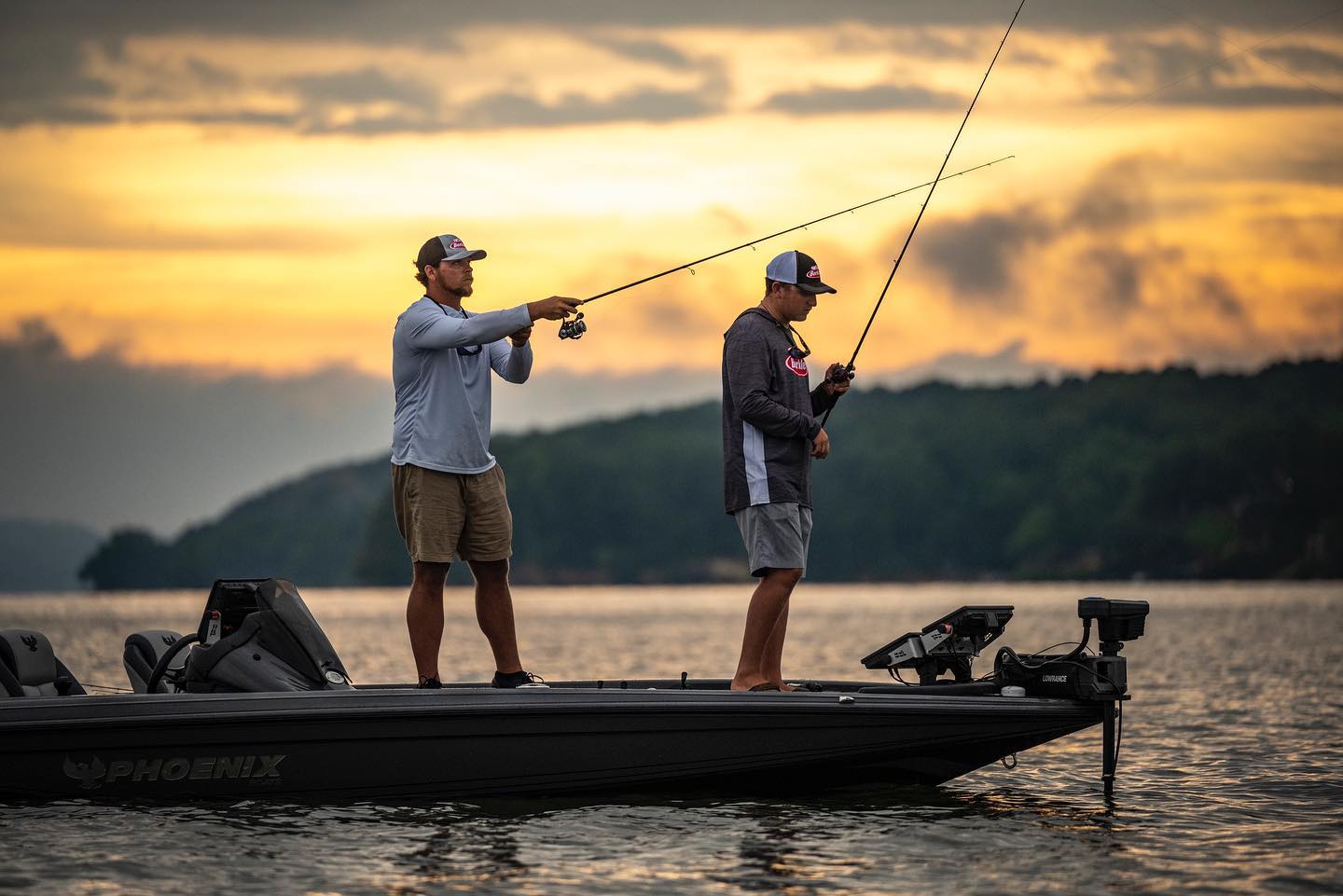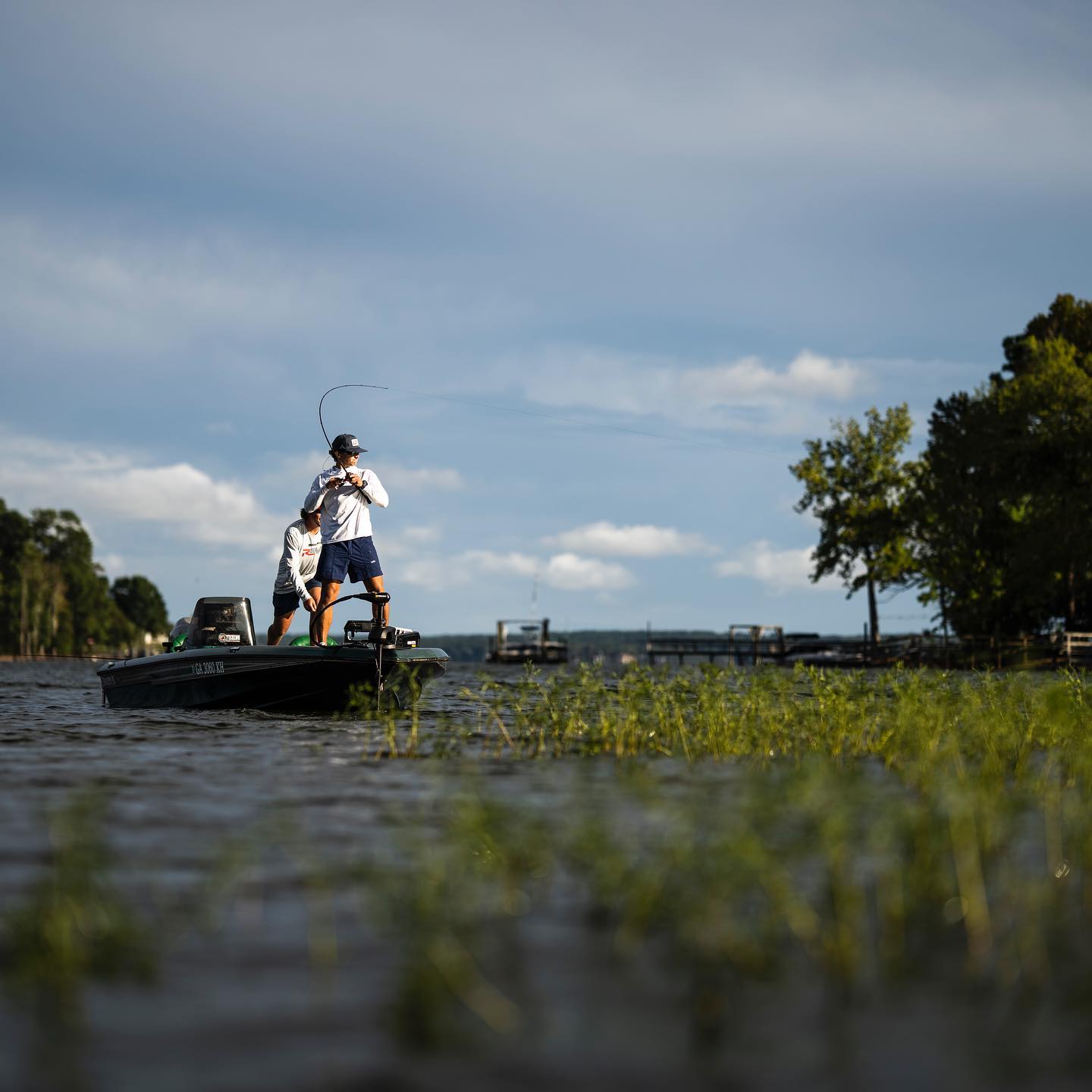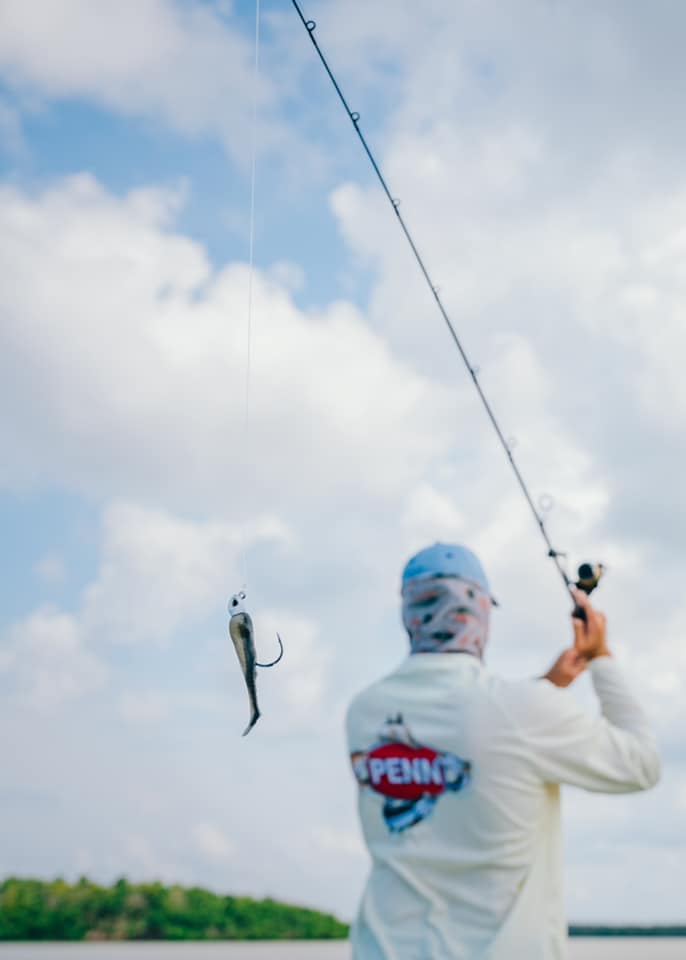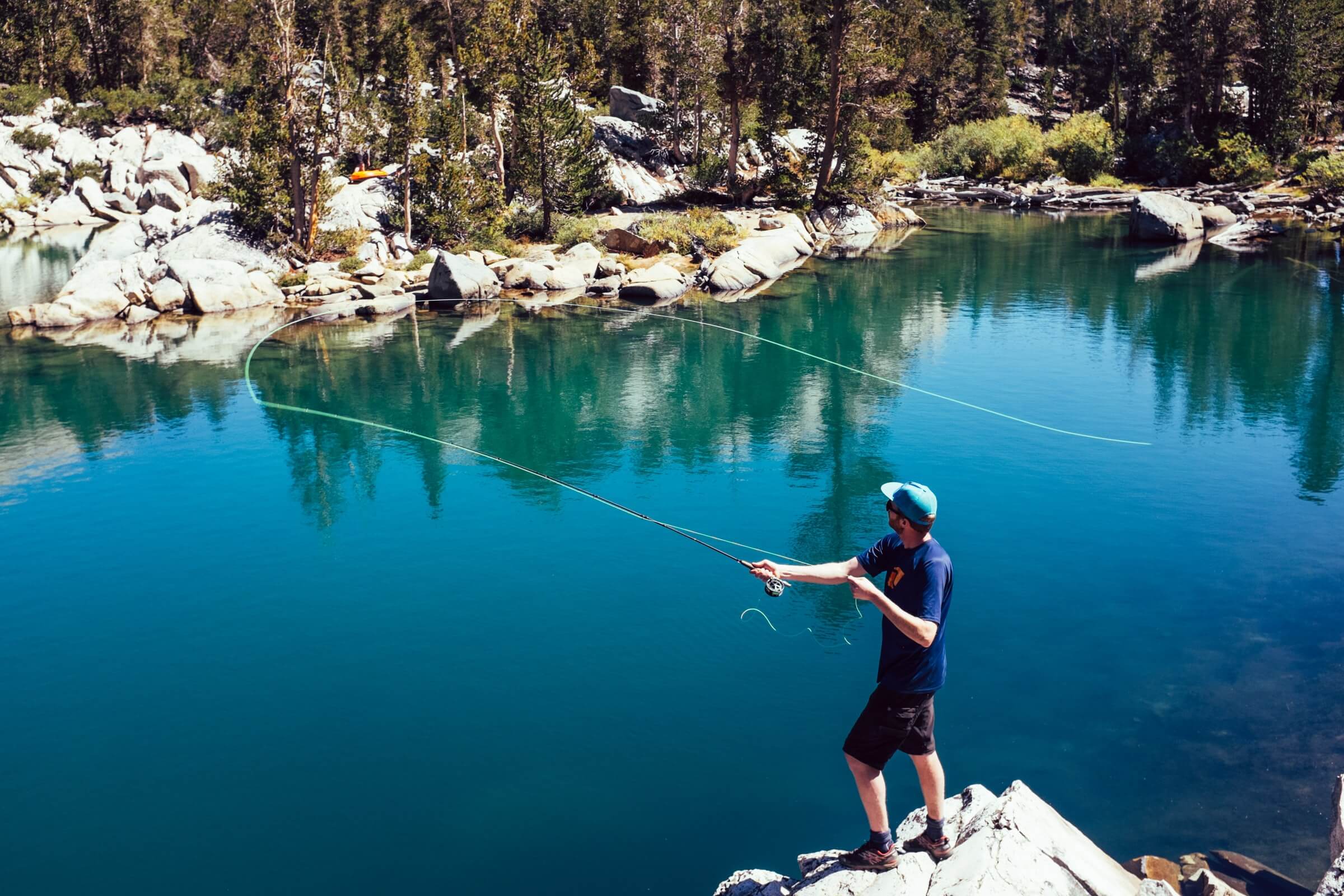
It's an essential tool for any angler, whether amateur or professional. To get the most out of your rod, it's essential to know the different casting techniques available to you. In this article, we'll take a look at the main types of cast you can make with a fishing rod.
Light and ultra-light casting: for precision

Light and ultra-light casting involves casting small lures at short to medium distances, using very sensitive rods and fine lines. Light and ultra-light lures are those weighing less than 7g. This technique is mainly used for predator fishing, particularly for perch, chub and trout.
Casting over the head
Casting over the head allows you to reach great distances while maintaining good accuracy. To make this type of cast, hold your rod firmly and vertically above your head and tip it forward by extending your arm and using your wrist to give the line and lure momentum.
Make sure you release the reel as the rod reaches its highest point to maximise the distance travelled by the lure. By whipping hard, you'll be able to reach distant posts without needing to fish from a boat or float tube.
Side casting
Side casting is a technique that allows you to cast the lure at a shallow angle and low to the ground, avoiding obstacles. To make this type of cast, hold your rod horizontally at your side and make a rapid forward movement, releasing the line as the rod reaches its point of maximum tension.
For more casting power, you can also pass your lure under the rod by making a loop with your tip. This way you'll cast further and more accurately.
Heavy casting: for power

Heavy casting is used to cast large and/or very heavy lures, particularly for carp and catfish. It requires a sturdier rod and suitable tackle capable of withstanding the force of the cast.
Pendulum casting
The pendulum cast is a technique that uses centrifugal force to propel the lure over long distances.
To make this type of cast, let the lure hang from the end of the line at about 1 metre above the ground, then make a circular movement with the rod from bottom to top, releasing the line when the rod reaches maximum speed.
This technique takes some practice, but it allows you to reach impressive distances while controlling the trajectory of the lure.
Fly casting: for discretion

Fly casting is a technique specific to fly fishing, which involves casting a very light lure (the fly) using a flexible rod and a special line called a fly line. This technique requires a great deal of precision and finesse, as the aim is to place the fly on the water with a minimum of noise and disturbance so as not to spook the fish.
Crossbow casting
The crossbow cast is a variant of the fly cast that allows you to project the fly under branches or into difficult-to-reach areas. To make this type of cast, hold your rod horizontally in front of you, pointing backwards, then make a rapid forward movement by swivelling the rod and releasing the line just as the rod reaches its point of maximum tension.
The roll cast
The roll cast is another fly casting technique that allows you to place the fly on the water with a minimum of noise and movement. To make this type of cast, hold your rod slightly tilted backwards and form a loop of line on the water in front of you. Then swivel the rod quickly forward, releasing the line while maintaining constant tension on the line.
The double pull
Among the casting techniques used in fly fishing, the double pull cast is a casting technique used to cast flies and streamers far away and into the wind. The double pull allows the fly to be propelled further and more accurately, while controlling the speed and direction of the line.
The double pull cast is made in two stages: the back cast and the front cast. The principle is to pull on the line with the free hand while the hand holding the rod swings back and forth. This pull accelerates the speed of the line and creates a tighter loop, offering less resistance to the air.
The back cast involves lifting the rod upwards by pulling on the line with the free hand, then lowering the rod backwards by releasing the line. The forward cast involves lifting the rod forward by pulling on the line with your free hand, then lowering the rod forward by releasing the line. It is important to synchronise the two pulling movements with the two swinging movements, and to maintain a constant angle between the rod and the line.
In short, mastering the different casting techniques is essential to optimising your performance during a fishing trip. Whether you're looking for precision, power or discretion, each situation requires a technique that's adapted to ensure a successful fishing experience.
Our other articles on predator fishing rods:
- Fishing rod brands
- How to choose a fishing rod
- Which fishing rod for bass?
- What type of fishing rod should I choose?
- Which rod is right for spoon fishing?
- Which fishing rod for beginners?
- How do I unblock a fishing rod tip?
- How should I store my fishing rods?
- What power fishing rod should I choose?
- Which fishing rod should I choose for trout?
